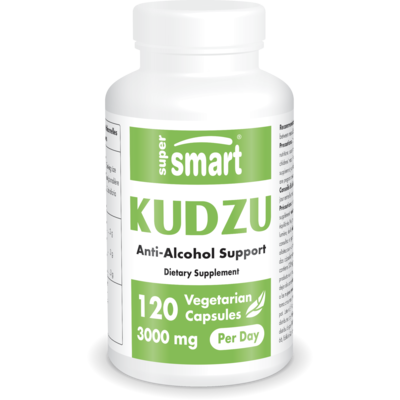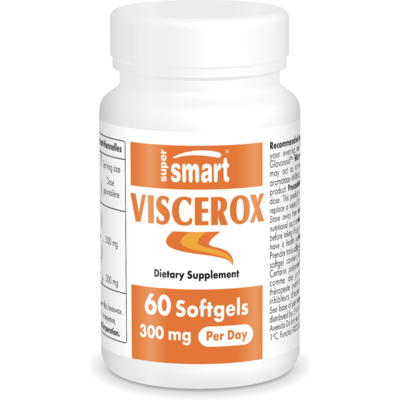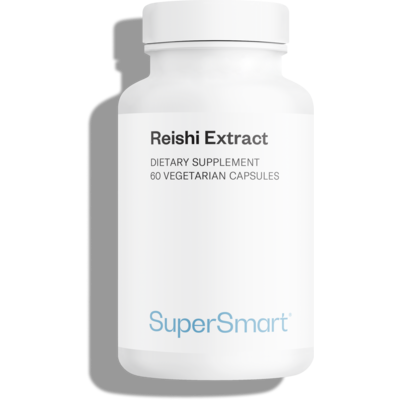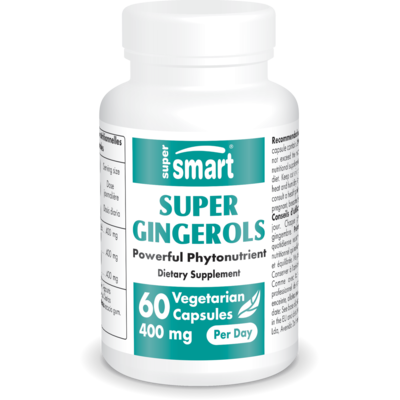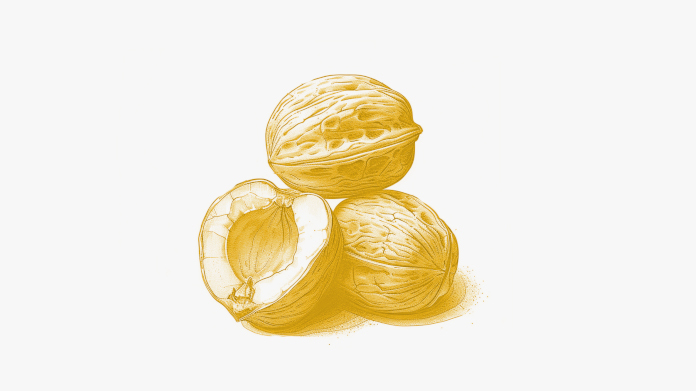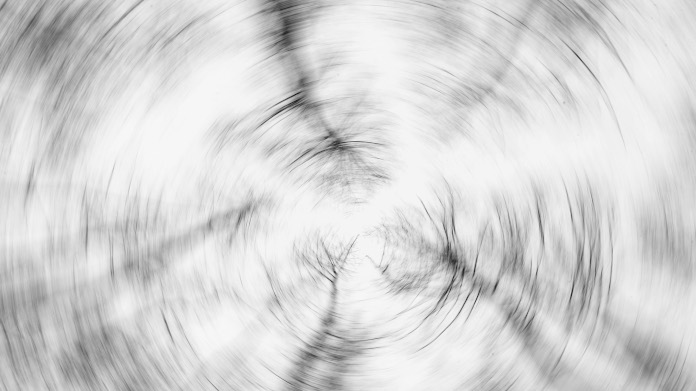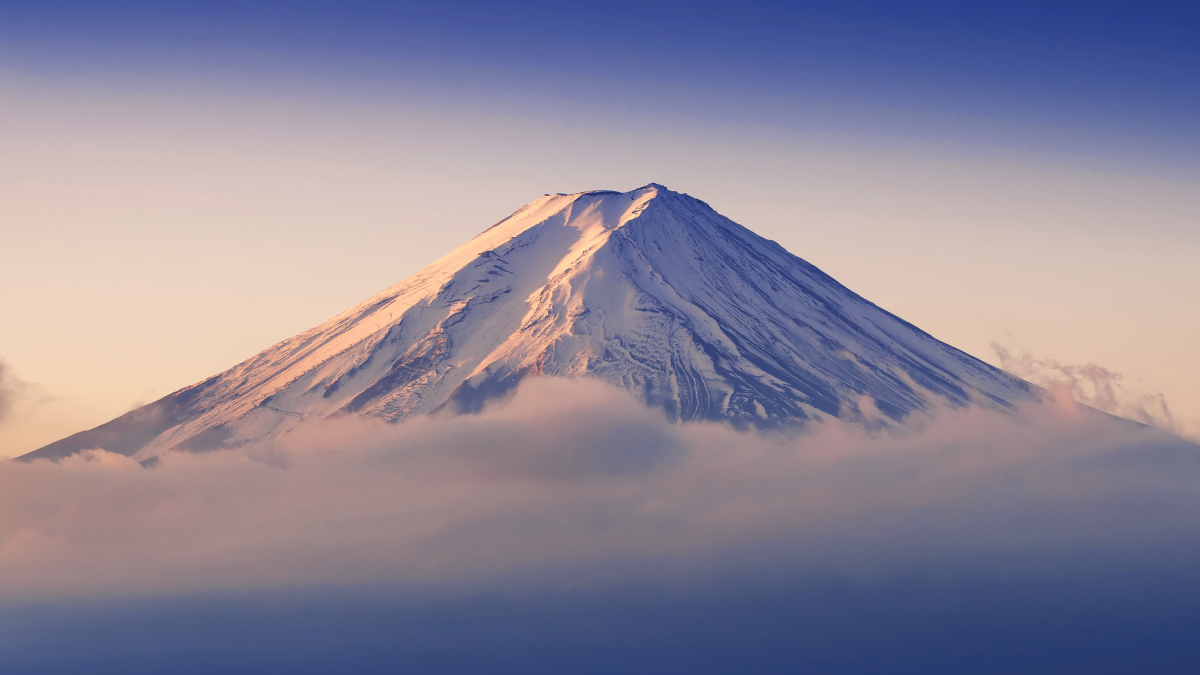
Origins of traditional Japanese medicine
During the Neolithic period, people believed that disease was caused by demonic spirits invading the body. At that time, the Japanese relied on shamans, who with their amulets, prayers, and spell books, would try to exorcise the evil. It wasn’t until the 7th century BC that early migrants from Korea, Northern China, and the Philippines brought with them the first rudiments of medical knowledge.
It was the growth in trade with China, and the influence of Chinese-Korean Buddhism, which laid the foundations of traditional Japanese medicine from the 6th century onwards (1).
Initially co-opting all the principles of Chinese medicine, Kampo (literally ‘medicine according to the Han method’) gradually found its own identity at the end of the Tang dynasty around 907. The main differences were a more practical approach, diagnosis based on conjunction of symptoms, and natural remedies made from local plants (2).
Key principles of Kampo
Kampo medicine adopts a holistic approach, in which the person is considered as a whole. With the mind and body believed to form an inseparable entity, in perpetual interaction with the surrounding environment, a state of balance must be constantly maintained.
Unsurprisingly, Japanese medicine is underpinned by some of the foundations of its Chinese counterpart:
- Ki (equivalent to Chinese Qi) corresponds to the life force flowing throughout the body and its fluidity (3);
- In and Yo (the Japanese version of Yin and Yang) represent the duality present in all elements of the universe (4);
- The five element theory is predicated on the belief that each organ, limb, or emotion can be described as a combination of metal, wood, water, fire, or earth (5).
The importance of touch in Japanese medicine
Palpation of the body occupies a key place in Japanese medicine (6). It enables areas of emptiness (Kyo) and fullness (Jitsu), both signs of energy imbalance, to be identified. Various touch-based practices, based on the art of Chinese medicine, have thus been absorbed into the Japanese tradition.
Acupuncture is a key feature, although practitioners use finer needles which are inserted painlessly via a tube called a Shinkan. Developed largely during the Ming dynasty in China, moxibustion is a form of heat therapy in which moxa, made from dried mugwort (yomogi) is burned near the skin at different points in the body (7). There are various approaches including Okyu (rice grain moxibustion), Kyutoshin (needle moxa), Chinetsukyu (cones) and Bokyu (stick moxa) all of which have their therapeutic indications.
Adopted by the Japanese over 1000 years ago, traditional amma massage (‘calming with the hands’) aims to encourage the free flow of Ki throughout the body, from the center out to the extremities (8). It’s based on a series of complex manipulations (kata) consisting of stretching, rocking, pressing, and percussive movements, applied to 360 specific points. It was also the inspiration behind shiatsu, later formalised in the early 20th century (9).
Medical specialities of Japanese medicine
The 30-volume work Ishinpo, by the physician Tanba Yasuyori (912-995), is a comprehensive compilation of Chinese medical knowledge at that time, transcribed into Japanese (10). Even then, medicine was divided into specialities such as internal medicine, dermatology, otolaryngology, surgery, pharmacology, gynecology, obstetrics and pediatrics. The tome even addresses sexual behavior and health regimes.
Ophthalmology developed significantly with the arrival of the Buddhist monk Majima Seigan. Bringing together renowned practitioners, he established a school for treating eye problems. The use of eye drops and eye surgery grew (11). His text Majima ryū ganmoku hiden shō was the first work on the subject to be published in Japan.
During the Muromachi period, a series of bloody wars decimated the Japanese population. To treat wounds and mutilations on the battlefield, educated fighters became specialist ‘field surgeons’ or kinsō-i, as opposed to the more general ‘boil or furuncle surgeons’ (yōka) who treated civilians. Though ‘invading’ the body’s secrets in this way was considered dirty and impure, they nevertheless made remarkable progress in expanding their knowledge of anatomy and mastering the suturing of wounds.
The Japanese pharmacopeia
Kampo developed remedies (kampo yaku) by combining elements of nature endowed with medicinal properties (shoh yaku). This could be parts of plants (roots, flowers, fruits, bark, seeds …), minerals or animal substances (skin, bone, shell …), the idea being to treat all symptoms at the same time (instead of addressing each symptom separately) by considering the patient as a whole.
The most popular such shoh yaku include licorice root (kanzo), a true Asian medicine panacea, ginger (syokkyoh) for its warming properties, and kudzu (kakkon) for regulating the menstrual cycle (12-14). And for improving the flow of Ki, magnolia bark is included in a host of preparations (15).
Mushrooms also feature prominently. Known as the ‘mushroom of immortality’, reishi is a Ki tonic which supports healthy immune function and circulation (16). Since the time of Emperor Chūai, the mycelium of shiitake has been traditionally used to combat physical and mental exhaustion due to its content of alpha-glucan polysaccharides (AHCC) (17).
Modern-day Japan continues to innovate in the field of natural remedies, producing effective dietary supplements including certain ‘postbiotics’, high-quality organic germanium , and black garlic, etc. (18-19).
SuperSmart ADVICE
References
- Kuchta K, Cameron S. Editorial: Kampo Medicine in a Modern Context: Ethnopharmacological Perspectives. Front Pharmacol. 2022 Sep 2;13:971254. doi: 10.3389/fphar.2022.971254. PMID: 36120328; PMCID: PMC9480492.
- Iwase S, Yamaguchi T, Miyaji T, Terawaki K, Inui A, Uezono Y. The clinical use of Kampo medicines (traditional Japanese herbal treatments) for controlling cancer patients' symptoms in Japan: a national cross-sectional survey. BMC Complement Altern Med. 2012 Nov 20;12:222. doi: 10.1186/1472-6882-12-222. PMID: 23167528; PMCID: PMC3537749.
- Watanabe K, Matsuura K, Gao P, Hottenbacher L, Tokunaga H, Nishimura K, Imazu Y, Reissenweber H, Witt CM. Traditional Japanese Kampo Medicine: Clinical Research between Modernity and Traditional Medicine-The State of Research and Methodological Suggestions for the Future. Evid Based Complement Alternat Med. 2011;2011:513842. doi: 10.1093/ecam/neq067. Epub 2011 Feb 17. PMID: 21687585; PMCID: PMC3114407.
- Hottenbacher L, Weißhuhn TE, Watanabe K, Seki T, Ostermann J, Witt CM. Opinions on Kampo and reasons for using it--results from a cross-sectional survey in three Japanese clinics. BMC Complement Altern Med. 2013 May 16;13:108. doi: 10.1186/1472-6882-13-108. PMID: 23680097; PMCID: PMC3669030.
- Minagawa T, Ishizuka O. Status of urological Kampo medicine: a narrative review and future vision. Int J Urol. 2015 Mar;22(3):254-63. doi: 10.1111/iju.12685. Epub 2015 Jan 18. PMID: 25597936.
- Yakubo S, Baba M, Odaguchi H, Wakasugi A, Sekine M, Hanawa T, Mitsuma T, Namiki T, Arai M, Muramatsu SI, Shimada Y, Shibahara N. Kampo Formula-Pattern Models: The Development of 13 New Clinically Useful Standard Abdominal Pattern Models in the Fukushin Simulator. Front Pharmacol. 2022 Apr 29;13:688074. doi: 10.3389/fphar.2022.688074. PMID: 35571074; PMCID: PMC9106283.
- Yakubo S, Ito M, Ueda Y, Okamoto H, Kimura Y, Amano Y, Togo T, Adachi H, Mitsuma T, Watanabe K. Pattern classification in kampo medicine. Evid Based Complement Alternat Med. 2014;2014:535146. doi: 10.1155/2014/535146. Epub 2014 Feb 20. PMID: 24701241; PMCID: PMC3950553.
- Ishizaki N, Yano T, Kawakita K. Public status and prevalence of acupuncture in Japan. Evid Based Complement Alternat Med. 2010 Dec;7(4):493-500. doi: 10.1093/ecam/nen037. Epub 2008 Jun 19. PMID: 18955345; PMCID: PMC2892353.
- Robinson N, Lorenc A, Liao X. The evidence for Shiatsu: a systematic review of Shiatsu and acupressure. BMC Complement Altern Med. 2011 Oct 7;11:88. doi: 10.1186/1472-6882-11-88. PMID: 21982157; PMCID: PMC3200172.
- Mayanagi M, Shen S. [A study on "Kyō gige" or "Jing Yijie" mentioned in the Ishinpō]. Nihon Ishigaku Zasshi. 1996 Sep;42(3):349-68. Japanese. PMID: 11619316.
- Takayama S, Shiga Y, Kokubun T, Konno H, Himori N, Ryu M, Numata T, Kaneko S, Kuroda H, Tanaka J, Kanemura S, Ishii T, Yaegashi N, Nakazawa T. The traditional kampo medicine tokishakuyakusan increases ocular blood flow in healthy subjects. Evid Based Complement Alternat Med. 2014;2014:586857. doi: 10.1155/2014/586857. Epub 2014 Apr 24. PMID: 24872835; PMCID: PMC4020465.
- Veilleux MP, Moriyama S, Yoshioka M, Hinode D, Grenier D. A Review of Evidence for a Therapeutic Application of Traditional Japanese Kampo Medicine for Oral Diseases/Disorders. Medicines (Basel). 2018 Apr 18;5(2):35. doi: 10.3390/medicines5020035. PMID: 29670027; PMCID: PMC6023475.
- Nose M, Tada M, Kojima R, Nagata K, Hisaka S, Masada S, Homma M, Hakamatsuka T. Comparison of glycyrrhizin content in 25 major kinds of Kampo extracts containing Glycyrrhizae Radix used clinically in Japan. J Nat Med. 2017 Oct;71(4):711-722. doi: 10.1007/s11418-017-1101-x. Epub 2017 Jun 12. Erratum in: J Nat Med. 2018 Mar 1;: PMID: 28608269; PMCID: PMC5897458.
- Bihlet AR, Byrjalsen I, Andersen JR, Simonsen SF, Mundbjerg K, Helmer B, Riis BJ, Karsdal MA, Christiansen C. The Efficacy and Safety of Multiple Dose Regimens of Kudzu (Pueraria lobata) Root Extract on Bone and Cartilage Turnover and Menopausal Symptoms. Front Pharmacol. 2021 Oct 22;12:760629. doi: 10.3389/fphar.2021.760629. PMID: 34744740; PMCID: PMC8568880.
- Poivre M, Duez P. Biological activity and toxicity of the Chinese herb Magnolia officinalis Rehder & E. Wilson (Houpo) and its constituents. J Zhejiang Univ Sci B. 2017 Mar.;18(3):194-214. doi: 10.1631/jzus.B1600299. PMID: 28271656; PMCID: PMC5365644.
- Wachtel-Galor S, Yuen J, Buswell JA, et al. Ganoderma lucidum (Lingzhi or Reishi): A Medicinal Mushroom. In: Benzie IFF, Wachtel-Galor S, editors. Herbal Medicine: Biomolecular and Clinical Aspects. 2nd edition. Boca Raton (FL): CRC Press/Taylor & Francis; 2011. Chapter 9. Available from: https://www.ncbi.nlm.nih.gov/books/NBK92757/
- Dai X, Stanilka JM, Rowe CA, Esteves EA, Nieves C Jr, Spaiser SJ, Christman MC, Langkamp-Henken B, Percival SS. Consuming Lentinula edodes (Shiitake) Mushrooms Daily Improves Human Immunity: A Randomized Dietary Intervention in Healthy Young Adults. J Am Coll Nutr. 2015;34(6):478-87. doi: 10.1080/07315724.2014.950391. Epub 2015 Apr 11. PMID: 25866155.
- Goodman S. Therapeutic effects of organic germanium. Med Hypotheses. 1988 Jul;26(3):207-15. doi: 10.1016/0306-9877(88)90101-6. PMID: 3043151.
- Ahmed T, Wang CK. Black Garlic and Its Bioactive Compounds on Human Health Diseases: A Review. 2021 Aug 19;26(16):5028. doi: 10.3390/molecules26165028. PMID: 34443625; PMCID: PMC8401630.
2 Days
Solid
Fast, affordable, effective.
Buyer
3 Days
The supplements made an immediate…
The supplements made an immediate impact on my microbiome. I love it.
JOHNSON Stephen
4 Days
SUPERSMART WEIGHT LOSS BOOSTER
SUPERSMART IS A GREAT CO- MPANY, GREAT PRICES,IT'S SO VERY EASY TO GET A HOLD OF AND, I RECEIVED MY ORDER IN SUCH A VERY SHORT TIME,AND BECAUSE OF THAT,I AM ALREADY LOSING WEIGHT! IT'S MAKES FOR A GREAT DAY WHEN I WEIGH MY- SEF AND I FIND OUT THAT I HAVE LOST A COUPLE OF MORE PO- UNDS.I ALSO DO THE "SPEED UP YOUR METABOLISM TRICK",WH- ERE YOU DIET ONE DAY AND ARE OFF THE NEXT,AND YOU DRINK DIET GREEN TEA AND AND EAT "DIET TYPE " OF MEALS.IT DOES HELP.I ALSO TRY TO EAT FOODS THAT "BURN CALORIES" ON "DIET DAYS".
PERFUMO Irene L
4 Days
The package arrived in good condition
The package arrived in good condition. It is too soon to say how effective the S-Acetyl-Glutathione is as I have taken only 1 capsule.
WRIGHT Connie
7 Days
Great people
Great people, friendly, helpful and competent!
WHITEHILL Claude Steven
9 Days
Ease of ordering and customer service.
Ease of ordering and customer service.
CARTER Rhonda
14 Days
Good product
Good product, value and price. Arrived ahead of promise.
El Capt
16 Days
Excellent products
Excellent products. High quality and outstanding customer service! Thank you!
BUISSON Laurence
18 Days
Very quick shipping and…
Very quick shipping and deliveries.Customer service is also quite efficient.
Norman
26 Days
Fast shipping
Fast shipping, fair prices.
Yelgnit
27 Days
ABOVE & BEYOND
Great product, received in a timely manner…thank you
DOMINIC
27 Days
BUYING IN SUPER SMART IN U.S.
There were some problems buying a subsidiary in the U.S., but in the end, I did it!
MENDEZ TELLEZ GIRON Jose
28 Days
Amazing products
Amazing products ! I recommend 100%
BLASIAK Pierre
29 Days
They have what I need
I was able to buy a supplement that is very difficult to find in US, so it makes me happy! The website is easy to navigate. Fast and free shipping (over $25)
Eva
34 Days
Good all around service with a few…
Good all around service with a few hiccoughs.
PODLAHA Helmut

